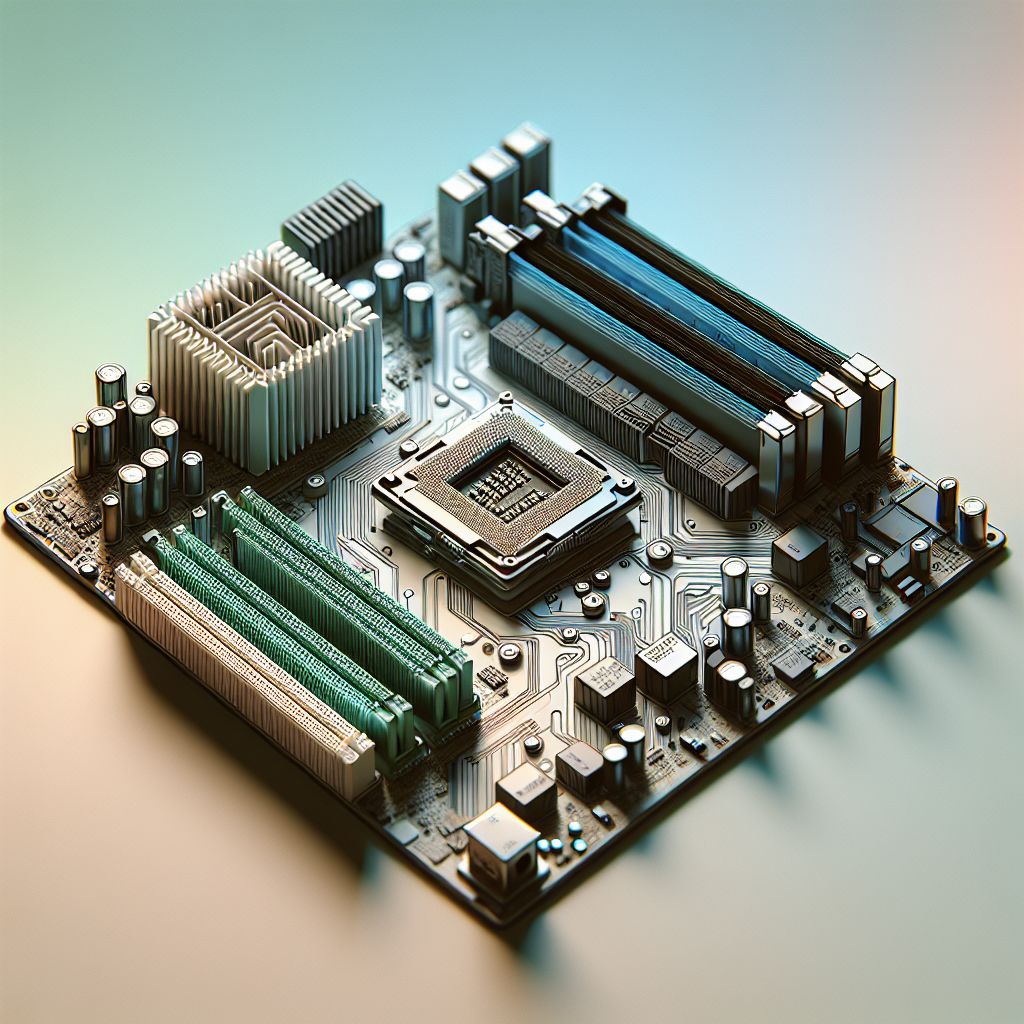
Understanding Compatibility
At its core, compatibility refers to the ability of different computer parts to work together seamlessly. This includes matching the CPU with the appropriate motherboard, using RAM that fits within the designated specifications, and ensuring that the power supply can support all components. When components are compatible, they enhance performance and can significantly improve the overall computing experience.
Key Components and Their Compatibility
1. Processors (CPUs):
CPUs are the heart of your computer, and compatibility with the motherboard is critical. Each CPU is designed to fit within a specific socket type, which corresponds with the motherboard's design. For instance, Intel and AMD use different socket types, so it's vital to ensure you're buying a CPU that matches your motherboard's specifications. Upgrading to a powerful CPU like the latest Intel or AMD models can provide tremendous performance improvements, as long as they fit correctly.
2. Motherboards:
The motherboard acts as the central hub for all components. It determines what type of RAM, CPU, and GPUs can be used. For example, a motherboard that supports DDR4 RAM will not work with DDR3. Always check the motherboard specifications before purchasing components to avoid any incompatibility issues.
3. Memory (RAM):
Memory must not only match the motherboard’s specifications but also the CPU’s capabilities. Different generations of RAM have varying speeds and features, which may affect overall system performance. Additionally, using mismatched RAM sticks can lead to instability and crashes, so it’s typically best to use a matched kit for optimal results.
4. Graphics Cards (GPUs):
Graphics cards need to be compatible with the motherboard and power supply. Ensure your motherboard has the right PCIe slots, and double-check that your power supply can handle the power requirements of the GPU to avoid underperformance or system failures.
5. Storage Devices:
Compatibility with storage devices—either HDDs or SSDs—is often straightforward, provided your motherboard supports the necessary interfaces (like SATA or NVMe). However, performance may vary significantly based on the type of storage drive you choose, making it an important consideration for optimizing speed and responsiveness.
The Risks of Incompatibility
Building a PC with incompatible components can lead to a host of issues, including failure to boot, system crashes, and performance bottlenecks. Often, users discover these issues only after investment in the hardware, resulting in wasted time and money. It’s essential to plan ahead and verify compatibility before finalizing your build or upgrade.
Conclusion
In conclusion, compatibility is a crucial factor in the world of computer parts and upgrades. By paying attention to the specifications of each component and ensuring they work harmoniously together, you can maximize your computer's potential and longevity.
At [Your Company Name], we strive to provide you with top-quality computer parts, including processors for Apple laptops, Intel and AMD CPUs, and memory at competitive prices. Whether you're building your gaming rig, upgrading your office PC, or simply enhancing your home computer, our knowledgeable team is here to help you find the right components tailored to your needs. Explore our collection today and take a step towards building the perfect computer!